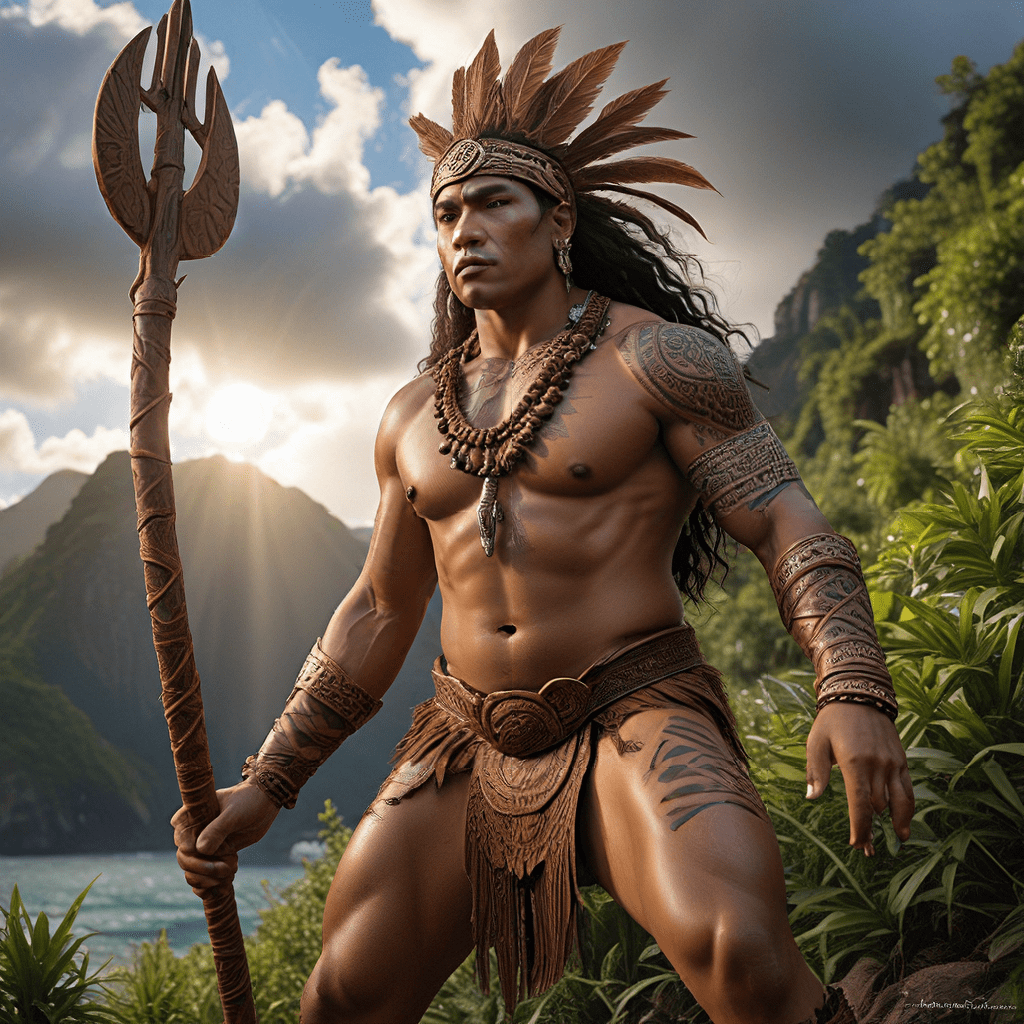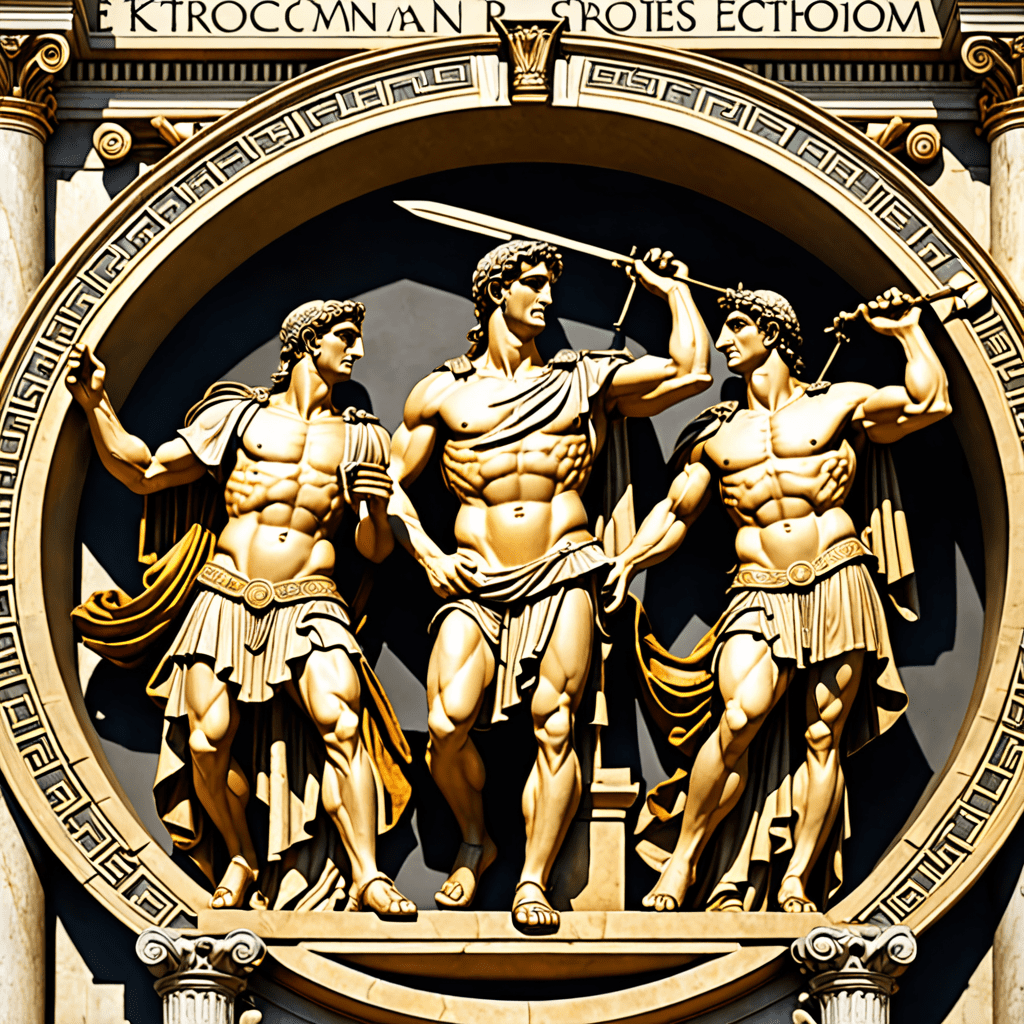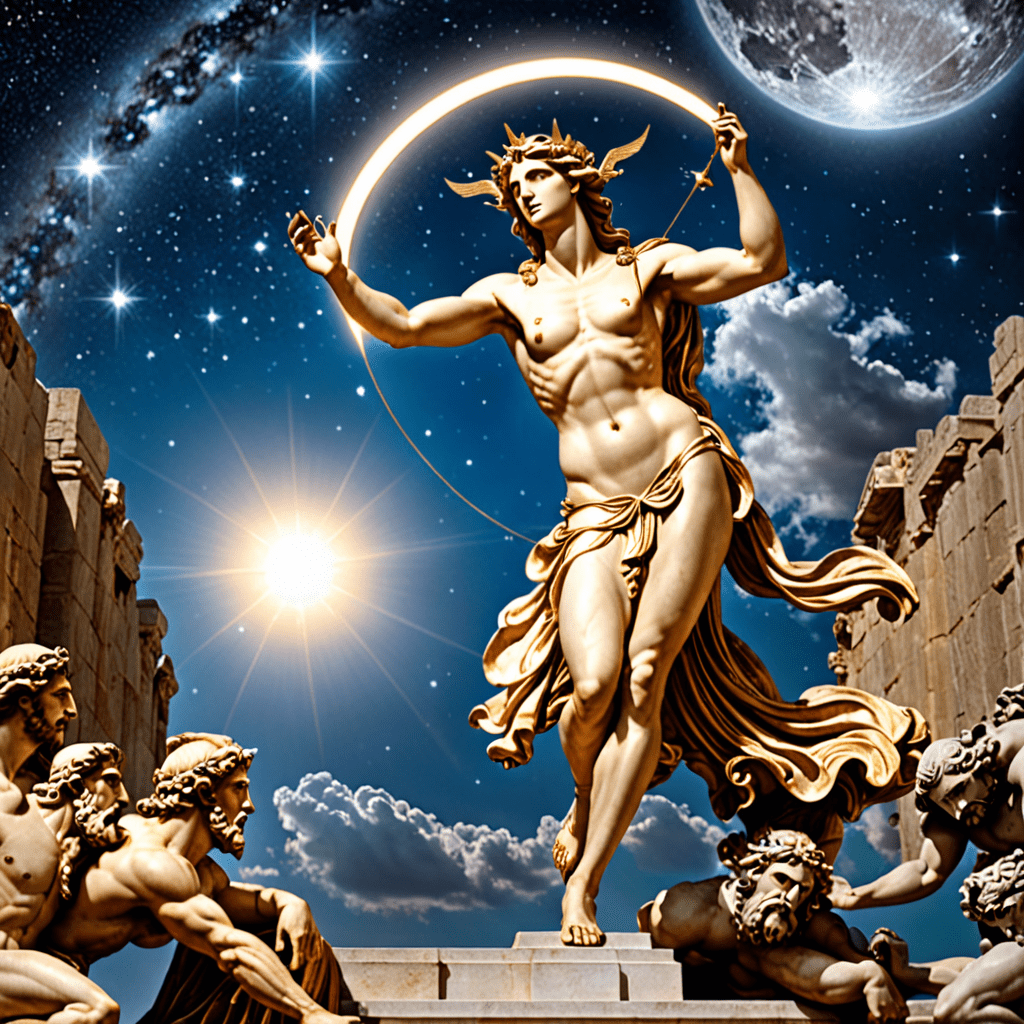Maori Carvings: Unveiling the Secrets of Mythology
Introduction: Whakairo as a Visual Language
In the rich tapestry of Maori culture, whakairo, the art of carving, stands as a powerful visual language, intricately woven into the fabric of their mythology, beliefs, and societal structures. Whakairo is more than just ornamentation; it’s a conduit to the spiritual world, a reflection of ancestral wisdom, and a vibrant storytelling medium. Through intricate carvings on wood, bone, and stone, the Maori people have captured the essence of their cosmology, their reverence for nature, and the stories that define their identity.
Mythology and the Origins of Whakairo
The origins of whakairo are deeply rooted in Maori mythology. According to traditional beliefs, the god Tane Mahuta, the creator of the forest, gifted the art of carving to humankind. Tane is believed to have carved the first human, and his legacy lives on in the skilled hands of generations of Maori carvers. The act of carving is seen as a sacred act, connecting the artist to the divine and the ancestors. Every stroke of the chisel is imbued with a sense of reverence, paying homage to the spirits of the forest and the wisdom of the past.
Whakairo as a Portal to the Spirit World
Whakairo are not mere decorations; they are portals to the spirit world. The intricate designs, often featuring mythical creatures, ancestral figures, and symbolic motifs, are believed to embody the essence of the spiritual realm. The Maori believe that spirits reside in carved objects, making them powerful tools for communicating with the supernatural. For example, a tiki, a small carved human figure, represents the life force and is often used in rituals and ceremonies to invoke the spirits of ancestors.
Representing Ancestral Lineages and Genealogies
Whakairo plays a crucial role in preserving and transmitting ancestral lineages and genealogies. Carved ancestral figures, known as tupuna, are often displayed in meeting houses and marae (sacred grounds), serving as visual reminders of the lineage and history of the tribe. These figures are not just representations; they are embodiments of the ancestors themselves, acting as conduits for their wisdom and guidance. The placement and arrangement of whakairo within a marae reflect the social hierarchy and the importance of each lineage, creating a visual narrative of the tribe’s history and identity.
Whakairo as a Means of Storytelling
Whakairo is not only a visual language but also a powerful storytelling medium. Carvings often depict scenes from Maori mythology, legends, and genealogical narratives. For example, the story of Maui, the trickster god who fished up the North Island of New Zealand, is frequently depicted in whakairo. These carvings serve as a form of visual storytelling, preserving and transmitting the rich oral traditions of the Maori people. The intricate detail and symbolism in each carving allow viewers to engage with the stories on a deeper level, understanding the meaning behind each element and appreciating the artistry involved in bringing these narratives to life.
The Power of Symbolism in Whakairo
Each element in a whakairo carries deep symbolism, reflecting Maori beliefs about the natural world, the spiritual realm, and the interconnectedness of all things. The most common motifs include:
- Spirals: Representing the cyclical nature of life, death, and rebirth.
- Tiki: Human figures, embodying the life force and ancestral spirits.
- Koru: Spiral shapes representing new beginnings and growth.
- Hei-tiki: Ornamental pendants often worn as a symbol of protection and good luck.
- Manaia: Bird-like figures that symbolize guidance and protection.
- Whale Tail: Represents strength, power, and the abundance of the ocean.
- Tangata Whenua: Human figures that represent the ancestors and guardians of the land.
- Te Atua: Deities and mythical beings from Maori legends.
These symbols are not randomly chosen; they are carefully selected and arranged to convey specific messages about the culture, beliefs, and history of the Maori people. Understanding these symbols allows for deeper appreciation and understanding of the meaning behind whakairo.
Whakairo as a Bridge Between the Physical and Spiritual Realms
Whakairo serves as a bridge between the physical and spiritual realms, connecting the material world with the unseen forces that govern it. Maori believe that the spirits of ancestors reside in carved objects, making them powerful conduits for communicating with the supernatural.
The act of carving itself is seen as a sacred act, connecting the artist to the divine and the ancestors. The use of traditional tools, the careful selection of materials, and the reverence with which the carving process is approached all contribute to the spiritual significance of the finished piece.
The presence of whakairo in marae, meeting houses, and homes serves as a constant reminder of the connection between the physical and spiritual realms. The carvings are not just decorations; they are tangible representations of ancestral wisdom, spiritual power, and the enduring connection between people and their ancestors.
Contemporary Interpretations of Whakairo
While traditional whakairo techniques continue to be practiced, contemporary Maori artists are also pushing the boundaries of this art form, incorporating new materials and ideas while staying true to the core principles of their heritage.
Contemporary artists may use materials like metal, glass, or plastic alongside traditional wood, bone, and stone. They also explore themes of social justice, environmentalism, and modern-day experiences within their work, giving new meaning to traditional motifs and reimagining their significance for a modern audience.
These contemporary interpretations demonstrate the enduring relevance and adaptability of whakairo, reflecting the evolving nature of Maori culture and the continuing dialogue between tradition and innovation.
Whakairo as a Catalyst for Cultural Transmission
Whakairo plays a crucial role in the transmission of Maori culture across generations. The art form is a powerful tool for sharing knowledge, values, and stories, fostering a sense of cultural identity and pride.
From the intricate details in each carving to the stories passed down through generations of artists, whakairo provides a tangible connection to the past, ensuring that the traditions, beliefs, and history of the Maori people are preserved and passed on to future generations. The act of carving, learning, and appreciating whakairo is a vital part of cultural transmission and a testament to the enduring legacy of this rich art form.
Conclusion: The Enduring Importance of Whakairo
Whakairo is more than just art; it is a reflection of the soul of the Maori people. The art of carving is a powerful visual language that encapsulates their mythology, beliefs, and cultural identity. From the intricate symbolism to the stories they tell, whakairo serves as a bridge between the physical and spiritual realms, connecting people to their ancestors and preserving their cultural heritage for generations to come.
The enduring importance of whakairo lies in its ability to inspire, connect, and transmit the rich tapestry of Maori culture. As long as skilled artists continue to practice this ancient art form, the stories, beliefs, and values of the Maori people will continue to live on for generations to come.
FAQ
What are some popular examples of whakairo?
Some popular examples of whakairo include:
- Tiki: Small, carved human figures that represent the life force and are often used in rituals and ceremonies.
- Hei-tiki: Ornamental pendants often worn as a symbol of protection and good luck.
- Manaia: Bird-like figures that symbolize guidance and protection.
- Whale Tail: Represents strength, power, and the abundance of the ocean.
- Tangata Whenua: Human figures that represent the ancestors and guardians of the land.
Where can I see examples of whakairo?
You can see examples of whakairo in various places, including:
- Marae: Sacred grounds of the Maori people, often featuring carved ancestral figures (tupuna).
- Meeting Houses (Whare Runanga): Traditional meeting places, decorated with intricate carvings depicting stories and legends.
- Museums and Galleries: Many museums and galleries around the world showcase collections of whakairo.
- Private Collections: Some individuals collect whakairo as a way to appreciate and preserve this art form.
What is the significance of whakairo in contemporary Maori culture?
Whakairo continues to hold significant meaning in contemporary Maori culture. It serves as a powerful tool for cultural transmission, preserving and sharing Maori values, beliefs, and stories across generations. Contemporary Maori artists are also reinterpreting traditional whakairo techniques, incorporating new materials and ideas while staying true to the core principles of their heritage.
How can I learn more about whakairo?
There are many ways to learn more about whakairo:
- Visit museums and galleries: Museums and galleries often have exhibitions and resources dedicated to whakairo.
- Attend workshops and classes: Some organizations offer workshops and classes that teach the techniques of carving.
- Read books and articles: There are numerous books and articles available that explore the history, techniques, and symbolism of whakairo.
- Connect with Maori artists and cultural organizations: Reach out to Maori artists and cultural organizations to learn more about their work and the significance of whakairo in their communities.



